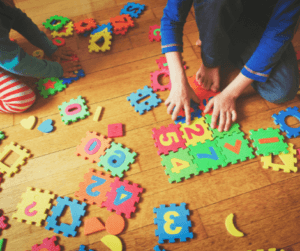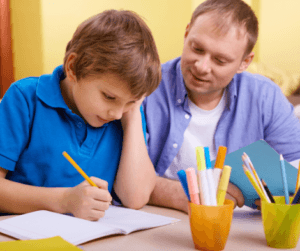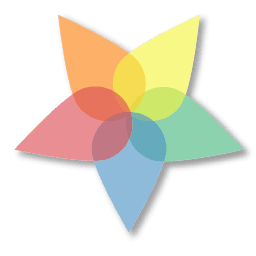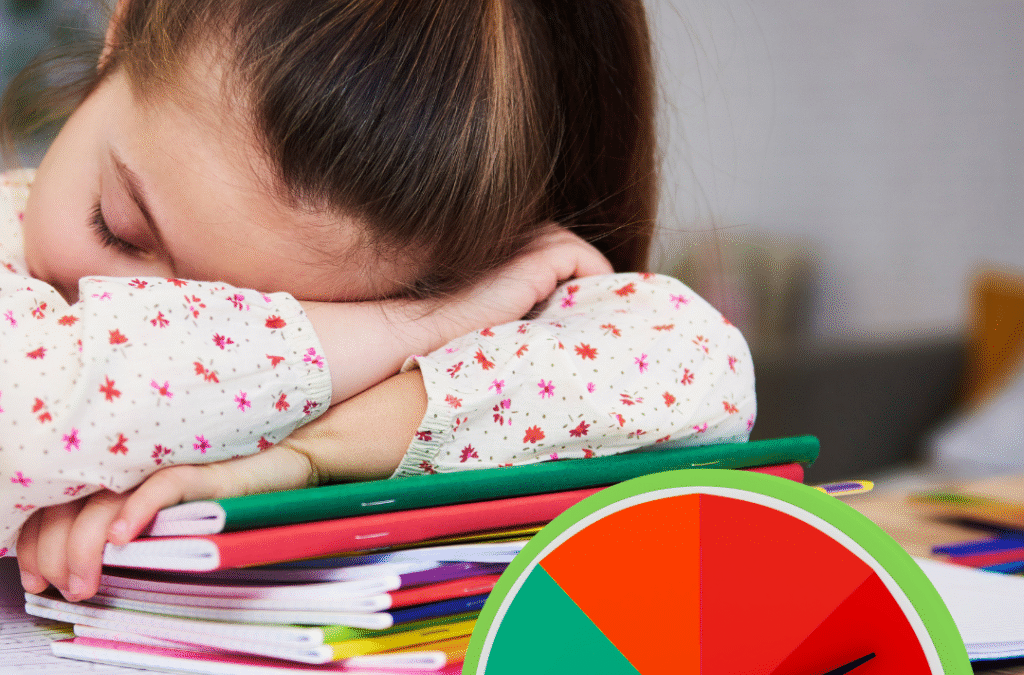Let me start by saying that this is a decision to make with your child’s doctor and I am going to focus on the use of ADHD medication while homeschooling. There is no one-size-fits-all answer. However, there are some things to consider when talking about the pros and cons of medication when dealing with ADHD.
Under Age 6
 It is important to know that even the CDC says that they do not recommend ADHD medications for children under 6. This is partially because children under 6 appear to have much more severe side effects, and they haven’t studied the long-term effects of those drugs on developing brains. Your child’s brain is making HUGE changes and adjustments during the first 6 years of life, and taking a medication that alters the brain’s chemistry and function can have lifelong repercussions. We really don’t know if those would be bad, so generally, it is recommended to avoid the risk.
It is important to know that even the CDC says that they do not recommend ADHD medications for children under 6. This is partially because children under 6 appear to have much more severe side effects, and they haven’t studied the long-term effects of those drugs on developing brains. Your child’s brain is making HUGE changes and adjustments during the first 6 years of life, and taking a medication that alters the brain’s chemistry and function can have lifelong repercussions. We really don’t know if those would be bad, so generally, it is recommended to avoid the risk.
That said, the CDC also says that changing how you react to your child may be just as effective as medications in this age group. This is where your expertise as your child’s parent is so very important. You have to get to know what activities calm your child, and what over excites them. Play breaks, lots of outdoor playtime, and hands-on learning are best for this age group.
If you are worried your child will be behind because they don’t want to sit and learn to read yet, my advice is to give them time. It is not developmentally appropriate for any children to be reading and writing so young. These skills are easier to learn just a little later. Give your child the gift of time and room to play.
Many countries around the world do not start formal education until age 7. That method benefits kids with ADHD. The extra years for their brains and bodies to mature mean that they are more prepared for school work at 7 than they were at 5.
Elementary Ages
 If we are only talking about ADHD and no other complicating factors, I am in favor of not medicating elementary-age kids. This is because the best way for kids to learn at this age is through play. Most kids with ADHD can focus just fine on playing, creating, building with blocks, and doing things the way kids learn best.
If we are only talking about ADHD and no other complicating factors, I am in favor of not medicating elementary-age kids. This is because the best way for kids to learn at this age is through play. Most kids with ADHD can focus just fine on playing, creating, building with blocks, and doing things the way kids learn best.
Make your lessons fit your child, instead of your child fitting into the lessons. Write letters with washable markers on your Twister mat and have your child jump on the letter or sound as you call it out. Create scavenger hunts to practice reading. Bake cookies and figure out how to split them. Add and subtract with candy. Perform science experiments and act out history lessons.
Your child’s brain is designed to take in lots of information. The more active and playful you can make your lessons, the more they will remember. Schools push medication because they can’t do these things, but you can.
Middle School and High School
 In my opinion, the right time to start medication is when you and your child, especially the child, both feel frustrated and think it is time to get that kind of help. For girls, ADHD often becomes much worse during middle school, making the need for medication more serious. This is also the age when most of us feel we need to do more bookwork. I can teach basic math with games and fun, but I can’t teach algebra that way. I need my child to be able to focus on a workbook for that. If your child is ready for more serious work, but can’t focus on it, this is the right time to talk about medication with your doctor.
In my opinion, the right time to start medication is when you and your child, especially the child, both feel frustrated and think it is time to get that kind of help. For girls, ADHD often becomes much worse during middle school, making the need for medication more serious. This is also the age when most of us feel we need to do more bookwork. I can teach basic math with games and fun, but I can’t teach algebra that way. I need my child to be able to focus on a workbook for that. If your child is ready for more serious work, but can’t focus on it, this is the right time to talk about medication with your doctor.
Stimulants Pros and Cons
Stimulants are a popular type of medication for ADHD. They often help the brain focus on a task for a longer amount of time. Unfortunately, the medication does not include a boost to executive function. So, your child’s newfound focus may result in playing 14 hours of Minecraft and making the most amazing world ever, while they forget to eat, bath, dress, or anything else.
Keep in mind, your child may need help to learn to use their new focus. This is part of your job, teaching them how to work with this change in their brain chemistry.
 If you would like to test out stimulants in a less intense way, I recommend giving your teen coffee. At my house, this was the step before medication for my kids. We found that it was very effective. The use of coffee, let us delay starting medication, as it worked well enough for a while to have a cup just before we started our school work.
If you would like to test out stimulants in a less intense way, I recommend giving your teen coffee. At my house, this was the step before medication for my kids. We found that it was very effective. The use of coffee, let us delay starting medication, as it worked well enough for a while to have a cup just before we started our school work.
The obvious pro of stimulants is that they help a lot of people focus and get more done. However, there are several cons to consider. First, most stimulants are appetite suppressants. This means you have to watch your child and make sure they eat enough while taking these drugs. If your child is already a picky eater, they may lose weight and even develop ARFID, an eating disorder. However, some families find that their child eats well, once the drug wears off in the evening. These families say they serve large dinners and their children have after-dinner snacks to get the calories they need.
Other cons are that for some kids these drugs cause them to feel less like themselves. They may feel less creative or less carefree. They may even suffer withdrawals if they miss a dose. If your child tries one of these drugs and has side effects that are concerning, it is important to talk to your doctor and try something else. Every human has different brain chemistry and what works for one child may be unbearable for another.
Non-Stimulants
 I have become a fan in recent years of non-stimulants. In our experience, the right one helps with focus without the problems we had with the stimulants. Also, you can still have a cup of coffee with your non-stimulate, which is helpful for some people. The con for these drugs is that they can make your child drowsy, so your child may need to take them at bedtime. One of my kids has found success taking it in the morning with caffeine, but the other takes it at night.
I have become a fan in recent years of non-stimulants. In our experience, the right one helps with focus without the problems we had with the stimulants. Also, you can still have a cup of coffee with your non-stimulate, which is helpful for some people. The con for these drugs is that they can make your child drowsy, so your child may need to take them at bedtime. One of my kids has found success taking it in the morning with caffeine, but the other takes it at night.
ADHD is Hard
ADHD is a complex brain difference. Some people feel better with medication to help them focus, and others feel it is a hindrance. Work with your child to find the best, healthiest choice for them.





0 Comments